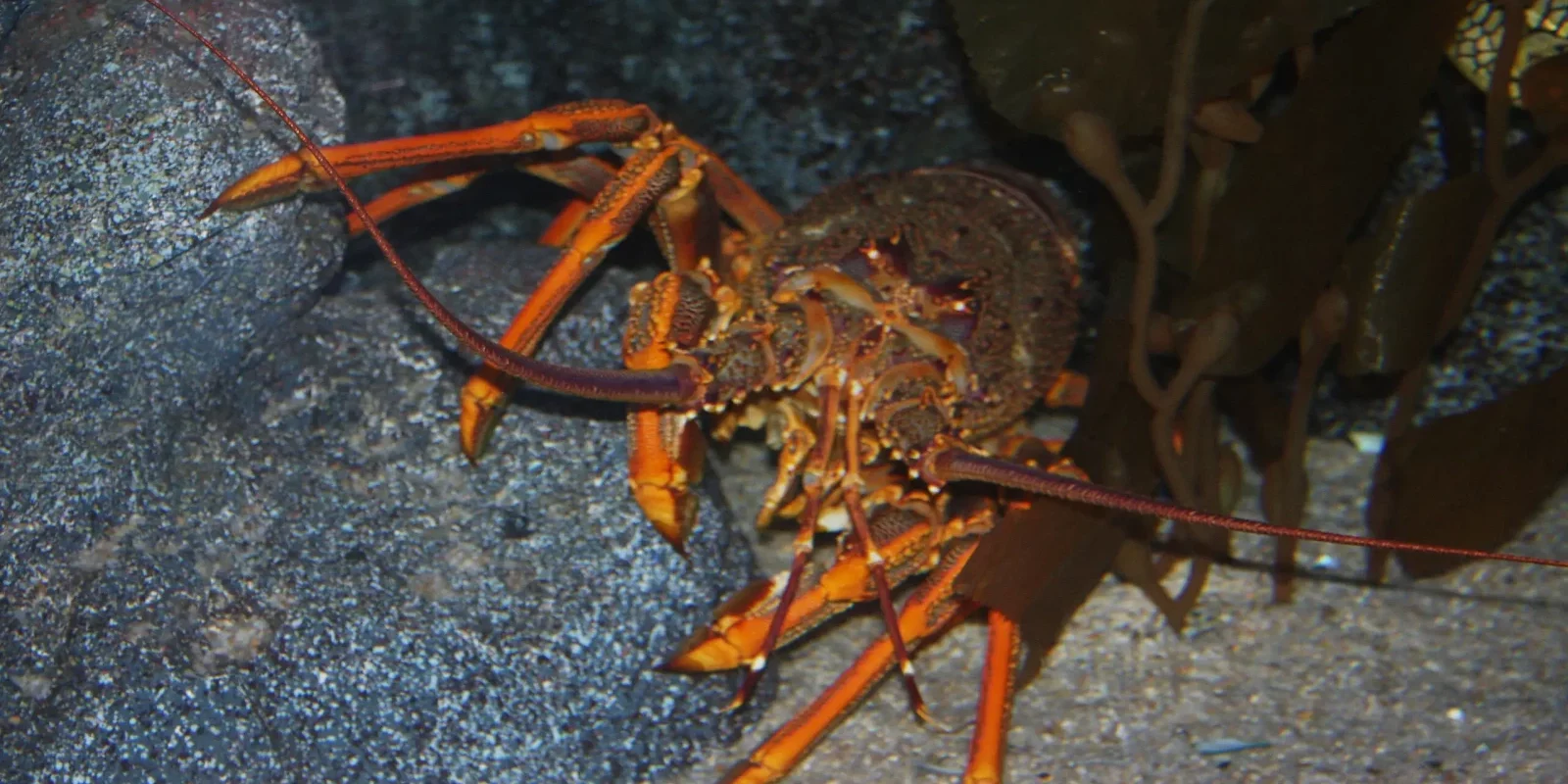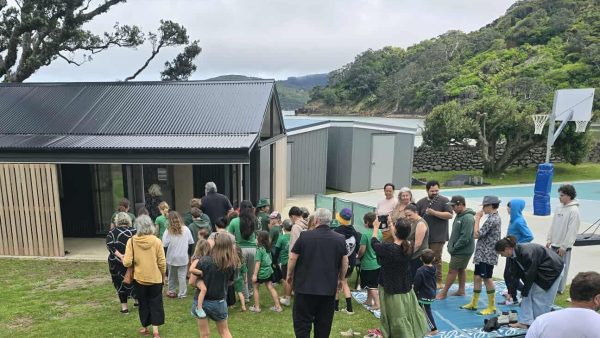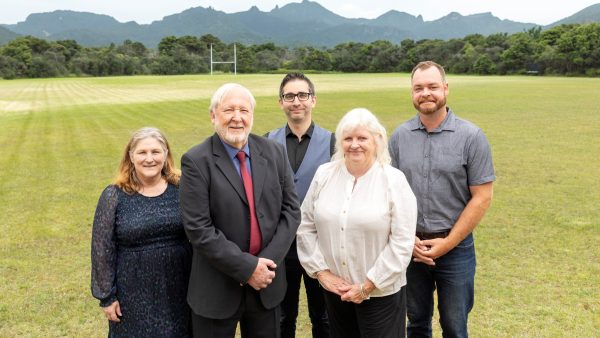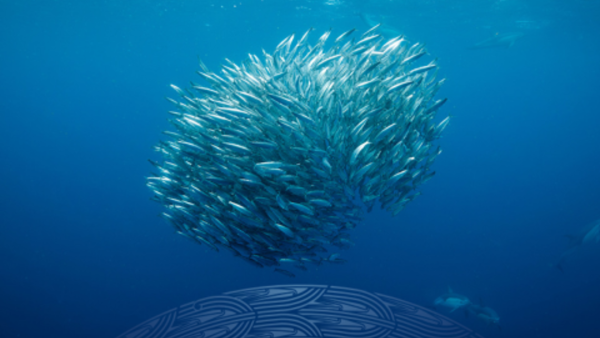Great Barrier’s push for tougher crayfish rules has taken its next step, with the Aotea Local Board and Ngāti Rehua Ngātiwai ki Aotea Trust formally submitting a legislative proposal to Oceans and Fisheries Minister Shane Jones.
The proposal, sent earlier this month and obtained by AoteaGBI.news, follows September’s island-wide survey that showed overwhelming support for strict local management of the depleted kōura fishery. More than 90 per cent of respondents said they were concerned about collapsing crayfish numbers, and 84 per cent backed sharply reduced daily limits.
Ecological researcher Glenn Edney, who ran the survey and helped draft the package, said the measures reflect “careful and thoughtful consideration” from residents, tangata whenua, commercial fishers, charter operators and MPI advisers.
What the proposal asks the minister to approve
The package submitted to Jones includes:
- A combined recreational daily limit of two crayfish. Half of respondents supported “two” as their preferred limit, while another 28 per cent favoured “three”, meaning the majority backed reducing the current combined limit of six but did not all converge on a single number. The board opted for the tighter setting, arguing it best reflects the island’s goal of rebuilding stocks.
• A full ban on accumulating daily limits, stopping visiting boats and multi-day dive trips from taking 30–40 lobsters per stay.
• Introduction of maximum size limits for both species to protect large, highly productive breeders.
– Spiny red lobster: 80mm tail width (males), 85mm (females).
– Packhorse lobster: 120mm (males), 130mm (females).
• Seasonal closures during the mating periods, applying to both commercial and recreational fishers:
– Spiny red: 1 April – 30 June
– Packhorse: 1 July – 31 October
• Recreational-only crayfishing zones around the island’s main population areas. Indicative areas include:
– Whangaparapara to Tryphena
– Port Abercrombie to Port Fitzroy
– Oruawharo Bay
Katherine Bay is included as a potential recreational zone but will be determined in consultation with Ngāti Rehua and haukāinga.
The proposal notes that these areas are where most recreational harvesting occurs, and where pressure from commercial potting further intensifies the decline.
Background
Council, iwi and others say Aotea’s crayfish population has been in decline for years, a trend confirmed by University of Auckland and Department of Conservation monitoring. Concern accelerated after Shane Jones closed the Inner Hauraki Gulf to crayfishing earlier this year, pushing all permitted recreational and commercial effort outward — with Aotea becoming the closest legal location.
Residents have reported a surge in visiting dive boats and multi-day operations since the closure, raising fears that summer will bring even heavier extraction.
At a community hui discussing the survey, MPI fisheries scientist Phil Ross described local engagement as “unusually strong” and indicated that clear, community-driven proposals make regulatory change easier to advance.
The board’s position
Local Board chair Izzy Fordham said Jones has been receptive, and the board wants new rules in place as soon as possible.
“We’re looking forward to working with Fisheries New Zealand staff to get these strategies in place,” the board wrote in the cover letter to the minister, co-signed by Ngāti Rehua chair Fletcher Beazley.
Enforcement concerns
Poaching remains a major talking point on the island. MPI officials told residents at the hui they are tracking organised networks that offload illegally caught crayfish into pots on return routes, later collected by other vessels. They urged the public to supply footage where safe.
What happens next
Fisheries New Zealand will now evaluate the proposal and provide advice to the minister. Some measures — such as lowered bag limits or banning accumulation — could be enacted quickly. Others, including size limits applying to commercial operations and the creation of recreational-only zones, may require more complex regulatory processes.
Auckland Council will publish the full proposal and survey results on its website next week.








